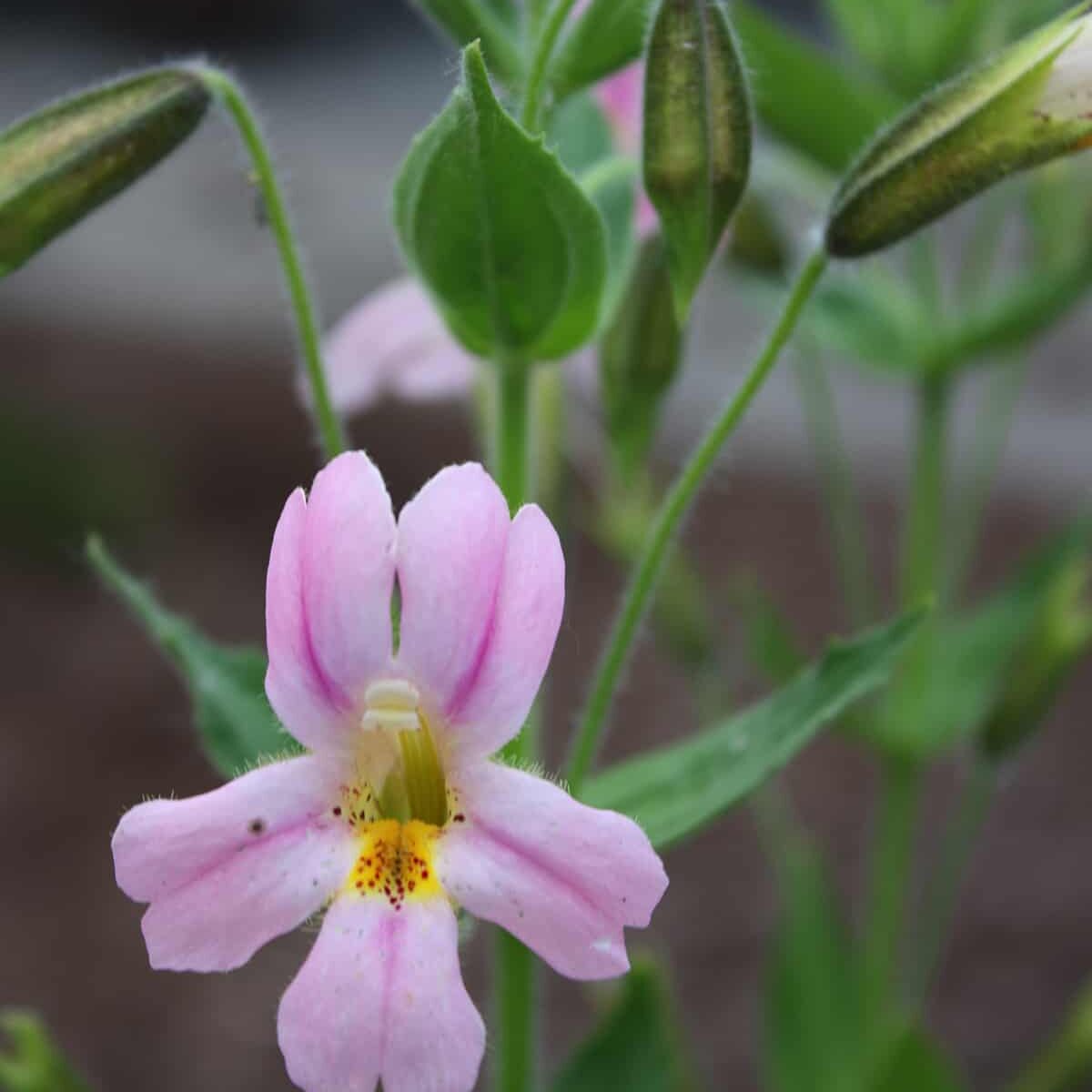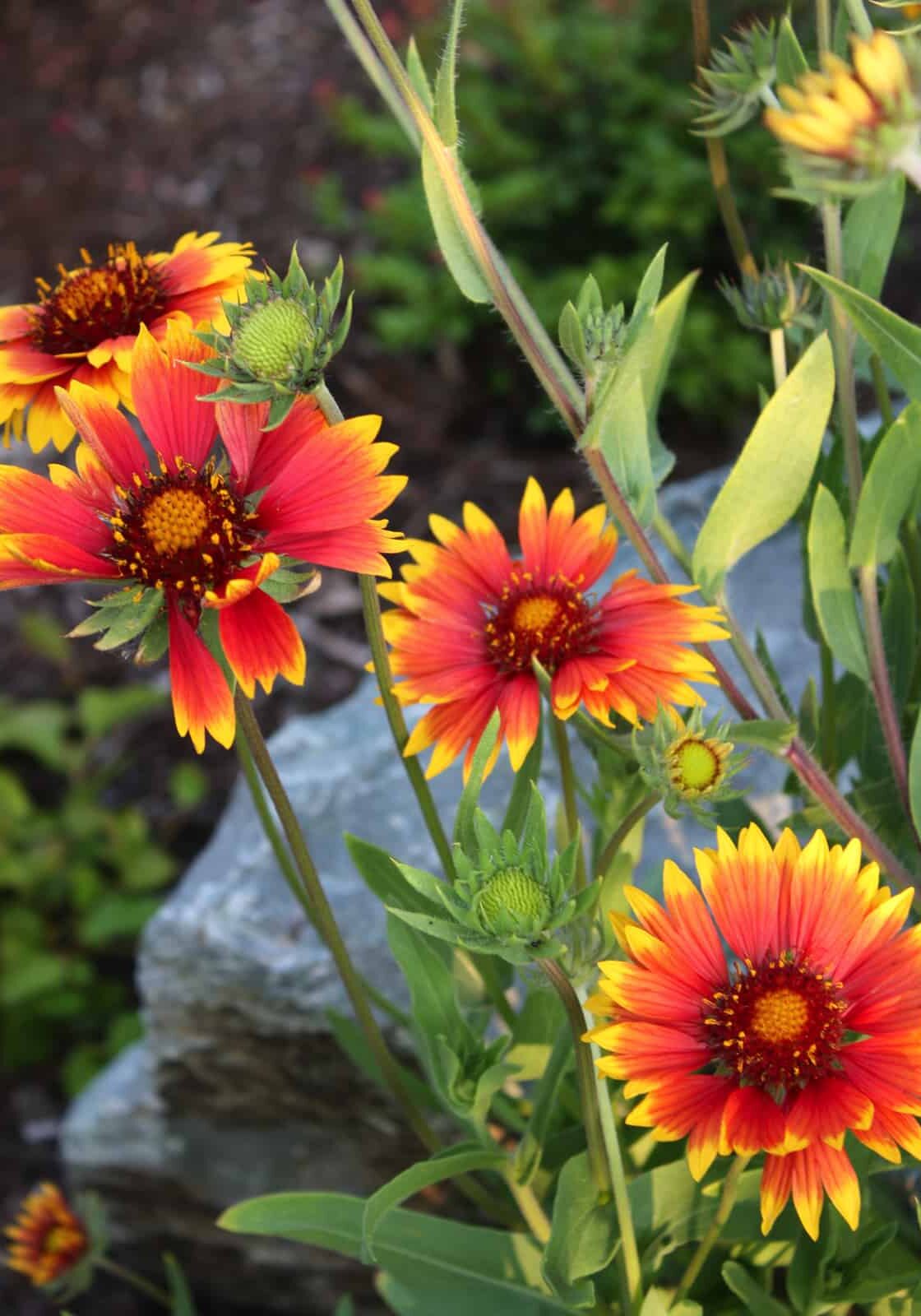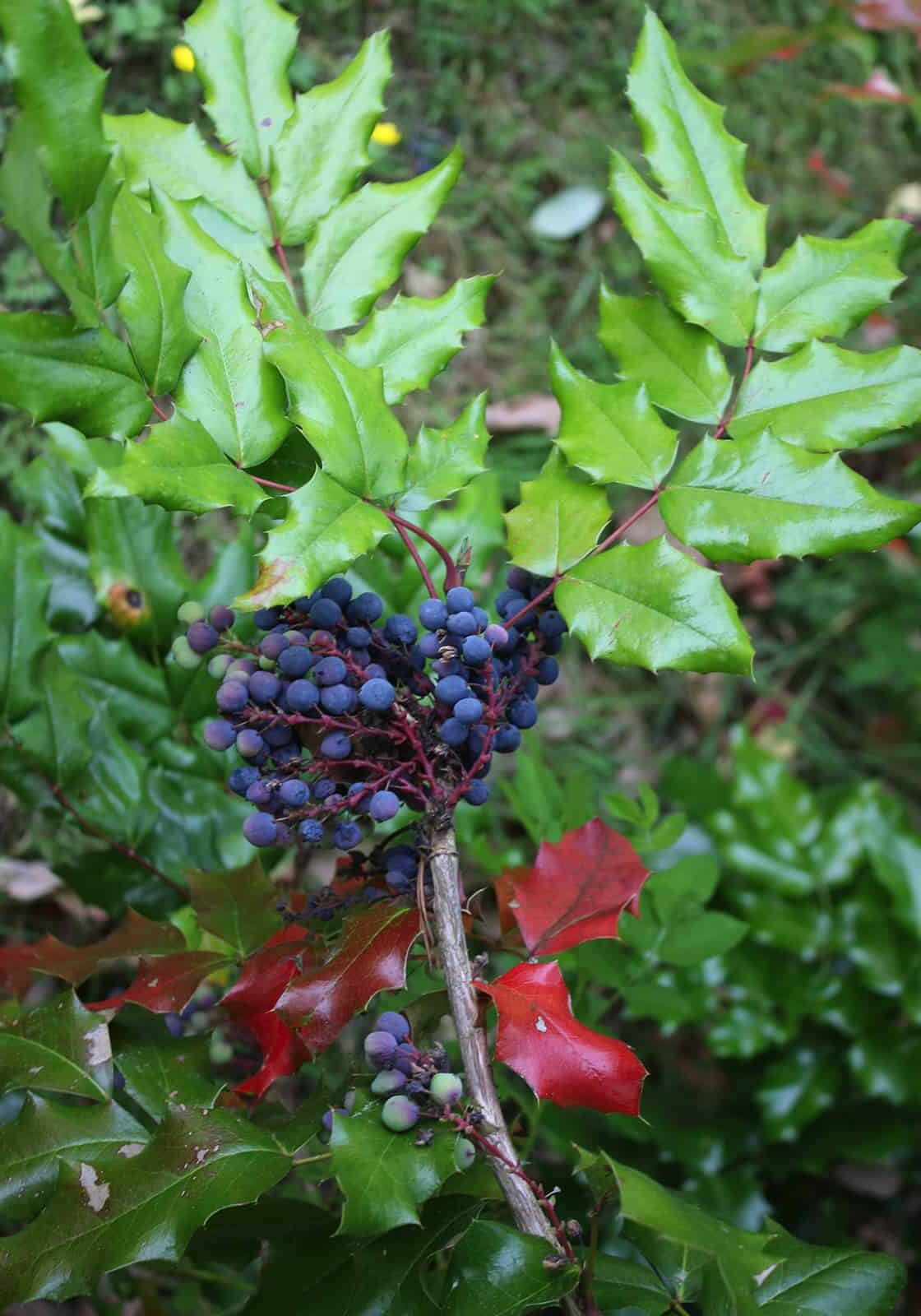Restoring Nature
By Joan D. Stamm, Skagit County WSU Extension Master Gardener

Joan D. Stamm
For the last thirty years, I’ve been enamored with native plants from Asia—peony, azalea, camellia, hydrangea, wisteria, kerria, bamboo, and chrysanthemum to name a few. I’ve grown or tried to grow all of them in my garden to use in ikebana (Japanese flower arranging). But more recently, after reading Douglas Tallamy’s Nature’s Best Hope: A New Approach to Conservation that Starts in Your Yard—a book that would irrevocably change my view of gardening—I’ve turned to NW natives.
Tallamy, a professor of entomology and wildlife ecology at the University of Delaware, urges us to ditch our lawns and ornamentals—our “introduced” species—and grow native plants instead. Conservation zones and national parks are not enough. Although these areas are meant to preserve native habitat for native plant, animal, and insect species, they are a small fraction of our overall landmass. “Turfgrass has replaced diverse native plant communities in more than 40 million acres, and we are adding 500 square miles of lawn to the United States each year,” says Tallamy, quoting from Elizabeth Kolbert’s Pulitzer prize-winning book The Sixth Extinction.


Then there’s the question of how we use our water resources as we see drought spreading across the Western U.S. and other parts of the world. “In the U.S., lawn irrigation consumes on average more than eight billion gallons of water daily”; and, according to the Environmental Protection Agency, “40-60 percent of fertilizers applied to lawns end up in surface and groundwater.” In addition, we have pesticides that further contaminate our water and routinely kill pollinators. “Forty percent of these chemicals are banned in other countries because they are carcinogens.”
Tallamy goes on to say that 3 billion birds have already disappeared since 1970 due to loss of food and habitat. “A staggering loss that suggests the very fabric of North America’s ecosystem is unraveling.” Birds are like the “canary in the coal mine” of climate change. When our birds start disappearing, we humans are in trouble. “In North America, 432 species of birds are at risk of extinction.”
Tallamy’s mission is to begin a grass-roots movement of individual homeowners and gardeners growing native plants to create corridors of natural landscape. His argument is simple: instead of millions of acres of lawns, golf courses, and urban/suburban “deadscapes,” we need native habitats to restore biodiversity. “It is insects that run the world,” he says, “and it takes certain native plants to support healthy populations of those insects.” In short, we need what Tallamy calls a “Homegrown National Park”: a return to the natural world with a balanced ecosystem.


Tallamy suggests three action steps:
- Reduce our lawns (which will curb water, fertilizer, and pesticide use).
- Plant more natives (which will bring in beneficial habitat, food for native pollinators, and reduce water use).
- Remove invasives (because they crowd out and replace vital natives).
After reading Tallamy’s book I woke up to how “me” centered my gardening had been: growing plants that pleased only me, without the slightest thought to our many birds, butterflies, bees, and other creatures struggling to survive. For example, I found no reference that listed my beloved peonies as pollinator-friendly plants in the Pacific Northwest. Hydrangea? No. Kerria and wisteria? Not really. Camellia? Maybe. Cisco Morris suggests that Anna’s hummingbirds enjoy ‘Yuletide,’ since it is red, single-petaled, and blooms in winter, but I have no personal observation to report. More importantly, “80% of a hummingbird’s diet is insects and spiders.”

 “And what about cultivars?”, many ask Tallamy. What about those many stunning and alluring flower and leaf varieties produced through selective breeding that we find at most of our nurseries? According to research done by Tallamy and other scientists, whether a cultivar retains any benefit to pollinators depends on what got modified. He advises avoiding plants where the leaf color has been changed from green to brown, purple or red (because insects like chlorophyll), and best to avoid flowers that went from single-petaled to multi-petaled (bees can’t get inside), or plants that have been made sterile. On the other hand, a woody plant made shorter is relatively okay. In sum, no size fits all. A quick tutorial can be found on the Grow Native website https://grownative.org/learn/natives-cultivars-and-nativars/ or in the Q&A in Tallamy’s book.
“And what about cultivars?”, many ask Tallamy. What about those many stunning and alluring flower and leaf varieties produced through selective breeding that we find at most of our nurseries? According to research done by Tallamy and other scientists, whether a cultivar retains any benefit to pollinators depends on what got modified. He advises avoiding plants where the leaf color has been changed from green to brown, purple or red (because insects like chlorophyll), and best to avoid flowers that went from single-petaled to multi-petaled (bees can’t get inside), or plants that have been made sterile. On the other hand, a woody plant made shorter is relatively okay. In sum, no size fits all. A quick tutorial can be found on the Grow Native website https://grownative.org/learn/natives-cultivars-and-nativars/ or in the Q&A in Tallamy’s book.
Two last bits of important advice for encouraging beneficial insect/caterpillar production to feed those hungry birds is to “leave the leaves” and turn off outdoor nighttime lighting. Cleaning up leaf litter destroys important habitat for invertebrates. “Our fall cleanup,” says Tallamy, “is particularly hard on bee populations; the perennials we are anxious to cut back after they have bloomed are where pithy stem nesters are hoping to spend the winter.” As for outdoor lighting, harsh LEDs destroy moths and other nighttime insects that are crucial to the ecosystem. Either turn off outdoor lighting at night, invest in motion detectors, or if you must have light, use “yellow bug lights.”

Ikebana arrangement with Madrone, Mahonia nervosa, and yarrow © Joan Stamm
As for my ikebana arrangements? Well, my strong attachment to certain Japanese flowers won’t depart easily, and I’m not saying that I won’t grow a few peonies anymore, but I know too much now to return to my old habits. I’ve started using native plants and flowers in my flower designs.
If you do decide to join the Homegrown National Park movement and go “native,” get registered here: https://www.homegrownnationalpark.org/ . Collectively, I believe we can make a difference and help restore our earth’s ecosystem. With so many dire statistics, there’s no time to lose.
REFERENCES:
- Fitzpatrick, John and Marra, Peter. September 2019. “Decline of the North American Avifauna.” Science.
- Kolbert, Elizabeth. 2014. “The Sixth Extinction: An Unnatural History”. New York: Henry Holt & Co.
- Morris, Ciscoe. October 11, 2017. “Keep your hummingbirds happy…” The Seattle Times.
- Tallamy, Douglas W. 2019. “Nature’s Best Hope: A New Approach to Conservation That Starts in Your Yard". Portland: Timber Press.
ABOUT THE AUTHOR:
Joan D. Stamm has recently completed the requirements as a Skagit County WSU Extension Master Gardener (EMG) Class of 2023. She is the author of several books, most recently The Language of Flowers in the Time of COVID: Finding Solace in Zen, Nature and Ikebana.
_________
 Questions about home gardening or becoming a Master Gardener, may be directed to: Skagit County WSU Extension Office, 11768 Westar Lane, Suite A, Burlington, WA 98233; by phone: 360-428-4270; or via the website: https://extension.wsu.edu/skagit/mg/
Questions about home gardening or becoming a Master Gardener, may be directed to: Skagit County WSU Extension Office, 11768 Westar Lane, Suite A, Burlington, WA 98233; by phone: 360-428-4270; or via the website: https://extension.wsu.edu/skagit/mg/



Thank you Joan for this excellent review and for your “conversion”!
Excellent! Wonderful perspective and delightful delivery. I’m inspired!
Joan, your article is inspiring, informative and very timely. Beautiful photos, too! Thanks to you I’m ready to research and plant more native species. We have great resources: – the DG and the WA Native Plant Society demonstration garden behind the DG.